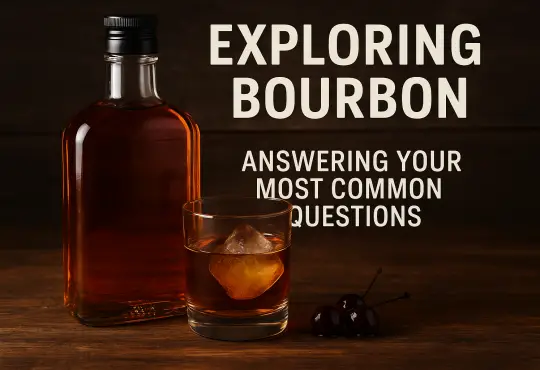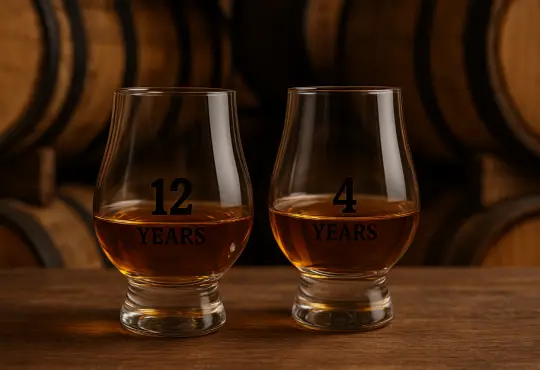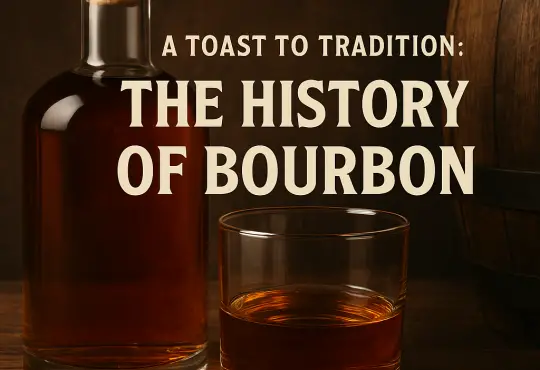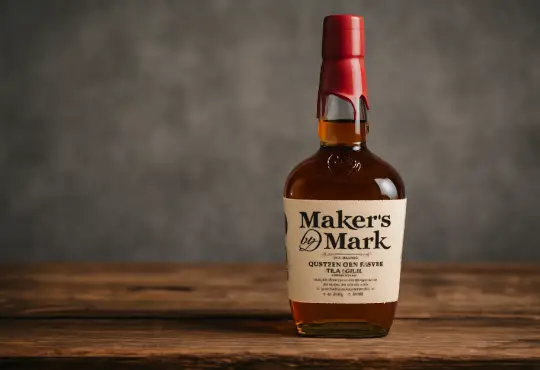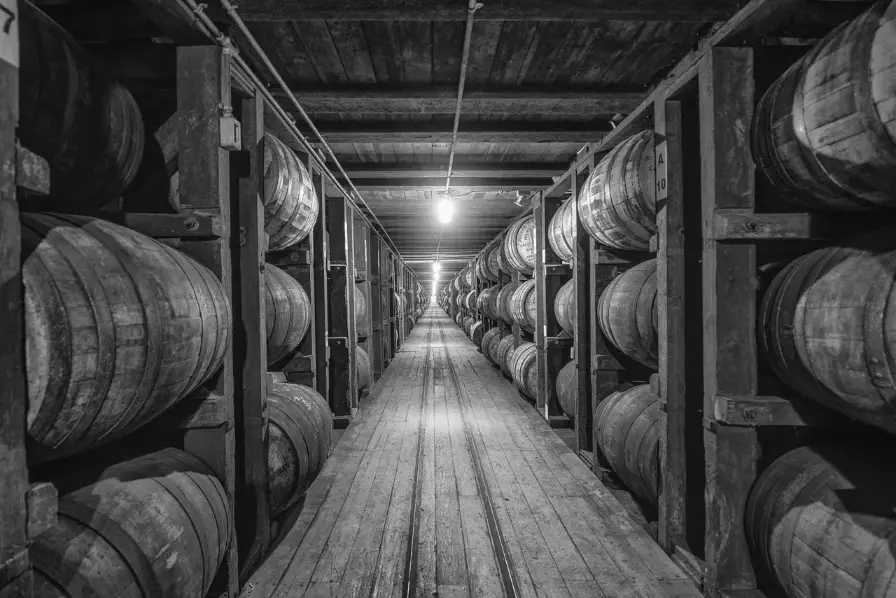
Exploring the History and Heritage of Bourbon: From Past to Present
Bourbon, a beloved American spirit, holds a rich history and cultural significance that spans centuries. From its humble beginnings to its current status as a global phenomenon, bourbon has evolved, adapted, and become a symbol of American craftsmanship and tradition. In this in-depth blog post, we delve into the captivating history and heritage of bourbon, tracing its origins, exploring key milestones, and highlighting the individuals and factors that have shaped its journey. Join us as we embark on a historical exploration of this iconic spirit, uncovering the stories and traditions that have made bourbon a timeless classic.
- Origins and Early Distillation
a) Whiskey’s Arrival in America: Whiskey distillation techniques were brought to America by early European settlers, particularly the Scots-Irish and Scottish immigrants, who introduced their knowledge and expertise in the art of distilling.
b) Kentucky’s Role: Kentucky, known as the birthplace of bourbon, played a significant role in the development and popularization of the spirit. Its abundant corn crops, limestone-filtered water, and favorable climate created ideal conditions for distilling high-quality bourbon.
c) The Whiskey Rebellion: The Whiskey Rebellion of 1791 marked a pivotal moment in the history of American whiskey. It was a protest against the newly formed federal government’s excise tax on whiskey, which led to the strengthening of bourbon’s identity as a distinctly American spirit.
- The Rise of Bourbon
a) Elijah Craig and the Charred Barrel: Reverend Elijah Craig is often credited with the invention of the charred oak barrel aging process, which imparts unique flavors and colors to bourbon. This innovation revolutionized the industry and became a defining characteristic of bourbon production.
b) Early Distilleries and Brands: Prominent distilleries and brands, such as Buffalo Trace, Woodford Reserve, and Maker’s Mark, emerged in the 19th century and played a vital role in establishing bourbon’s reputation as a premium and sought-after spirit.
c) Prohibition and its Impact: The era of Prohibition from 1920 to 1933 posed significant challenges to the bourbon industry. Many distilleries were forced to shut down, and some turned to producing medicinal whiskey or shifted their focus to other products to survive.
- Post-Prohibition Renaissance
a) The Rebirth of Bourbon: Following the repeal of Prohibition, the bourbon industry experienced a resurgence as distilleries were revitalized and new ones emerged. This period marked the beginning of bourbon’s journey towards becoming a global phenomenon.
b) The Bottled-in-Bond Act: The Bottled-in-Bond Act of 1897 was reintroduced in the post-Prohibition era as a mark of quality assurance for bourbon. It ensured that the whiskey was produced at a single distillery, in a single season, aged for at least four years, and bottled at 100 proof.
c) Bourbon’s Cultural Impact: Bourbon’s popularity extended beyond its taste and craftsmanship. It became ingrained in American culture, appearing in literature, film, and music, and became synonymous with hospitality, tradition, and Southern charm.
- Modern Bourbon Landscape
a) Small Batch and Single Barrel Offerings: The late 20th century witnessed the rise of small batch and single barrel bourbons, offering consumers a range of expressions with distinct flavor profiles and limited production.
b) Bourbon Tourism: The popularity of bourbon tourism has grown exponentially, with enthusiasts flocking to Kentucky’s distilleries to learn about the production process, explore tasting rooms, and gain a deeper appreciation for bourbon’s heritage.
c) Global Recognition and Expansion: Bourbon’s appeal has extended beyond American borders, garnering recognition and appreciation worldwide. International markets have embraced bourbon, leading to its increased availability and diverse range of expressions.
Conclusion
The history and heritage of bourbon are woven into the fabric of American culture, representing a legacy of craftsmanship, innovation, and resilience. From its origins in early distillation to its enduring presence in the modern era, bourbon has captured the hearts and palates of enthusiasts around the world. By exploring its rich history, significant milestones, and the individuals who have shaped its journey, we gain a deeper appreciation for the spirit’s cultural significance and the artistry that goes into every bottle. So, raise a glass of bourbon, toast to the past, and celebrate the enduring legacy of this iconic American spirit. Cheers!

